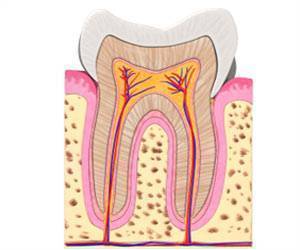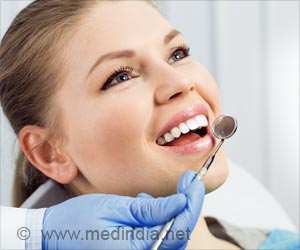Biomaterial from fish scales and frog skin serves as a new graft substitute for jaw bone repair and regeneration. The biomaterial promotes oral tissue regeneration and enhances bone formation.
- At present, lost jaw bone replaced using a patient’s tissues with additional surgery for bone extraction is tiring
- Recent research discovered a new alternative biomaterial scaffold using aquaculture waste like fish scales and discarded frog’s skin
- This scaffold promotes proper oral tissue regeneration and enhances bone formation with the least inflammatory response
Read More..
What is Bone Grafting Surgery?
Bone grafting procedures are surgical reconstructions carried out using a patient’s tissues to reconstruct a jaw bone defect that doesn’t heal spontaneously or regenerate more than 10% of the lost bone during patients’ lifetime becomes tiring with additional surgery for bone extraction from the patient.New Waste-to-resource Bone Graft Substitute
Researchers at Nanyang Technological University (NTU) Singapore develop a new biomaterial using aquaculture KhaiSeng Fish Farm and Jurong Frog Farm, to support Singapore’s circular economy approach towards a zero-waste nation. The porous biomaterial scaffold is developed combining the hydroxyapatite (HA) from fish scales and Type 1 tropocollagen from frog discarded skin through calcinations process using high heat to remove the organic matter and then air-dried.When the researchers placed bone-forming cells onto the scaffold, it increased the number of bone cells, indicating that it promotes proper cellular activities and enhances bone formation leading to the formation of new bone tissue.
Using hydroxyapatite (HA), the researchers examining the expression of the gene IL6 in the biomaterial group is negligible, so the risk of triggering an excessive acute inflammatory response is low using this biomaterial.
This research integrates the multiple seafood waste streams into a single high-value product as a sustainable innovation for the aquaculture industry and bringing the waste-to-resource technological pipeline closer to commercialization.
Postoperative Care Tips for Dental Bone Graft
- Applying ice packs to help reduce pain and swelling for the first day or two
- Eating soft, bland foods for the first few days
- Sleeping with your head slightly elevated to help prevent blood from pooling at the site of the incision.
Signs of Trouble Post Dental Bone Graft Placement
- Pain that persists or worsens several days after the procedure
- Redness and increased swelling around the gums
- Persistent tingling or numbness
- An implant that becomes loose, indicating a previous bone graft has failed.
References:
- Fish Scales and Bullfrog Skin Targeted for Oral Tissue Repair - (https://www3.ntu.edu.sg/CorpComms2/Documents/2021/05_May/Dentistry%20Today_210528_bullfrog.pdf)
- Ihha induces hybrid cartilage-bone cells during zebrafish jawbone regeneration - (https://www.ncbi.nlm.nih.gov/pmc/articles/PMC4920169/)
Source-Medindia
















